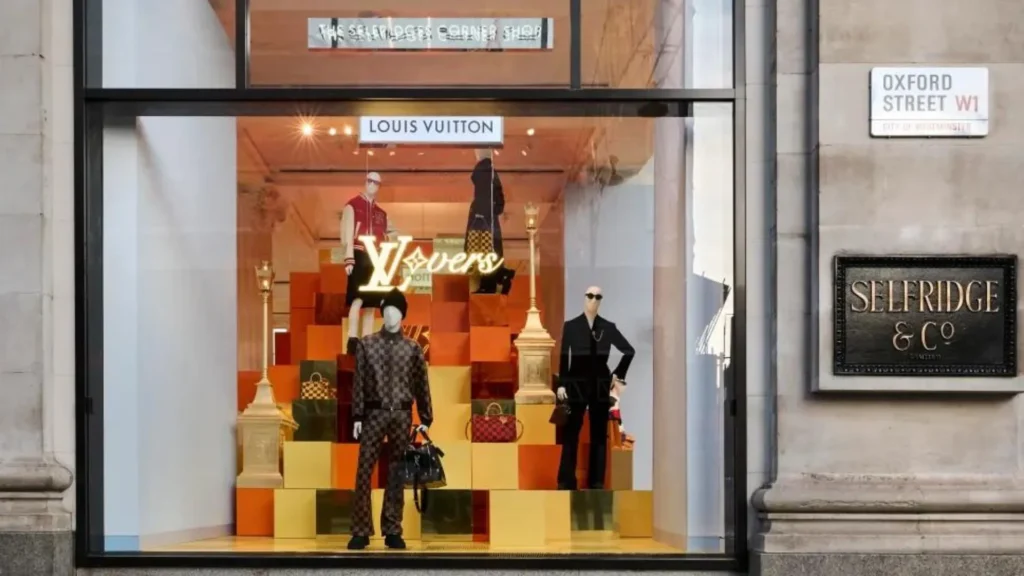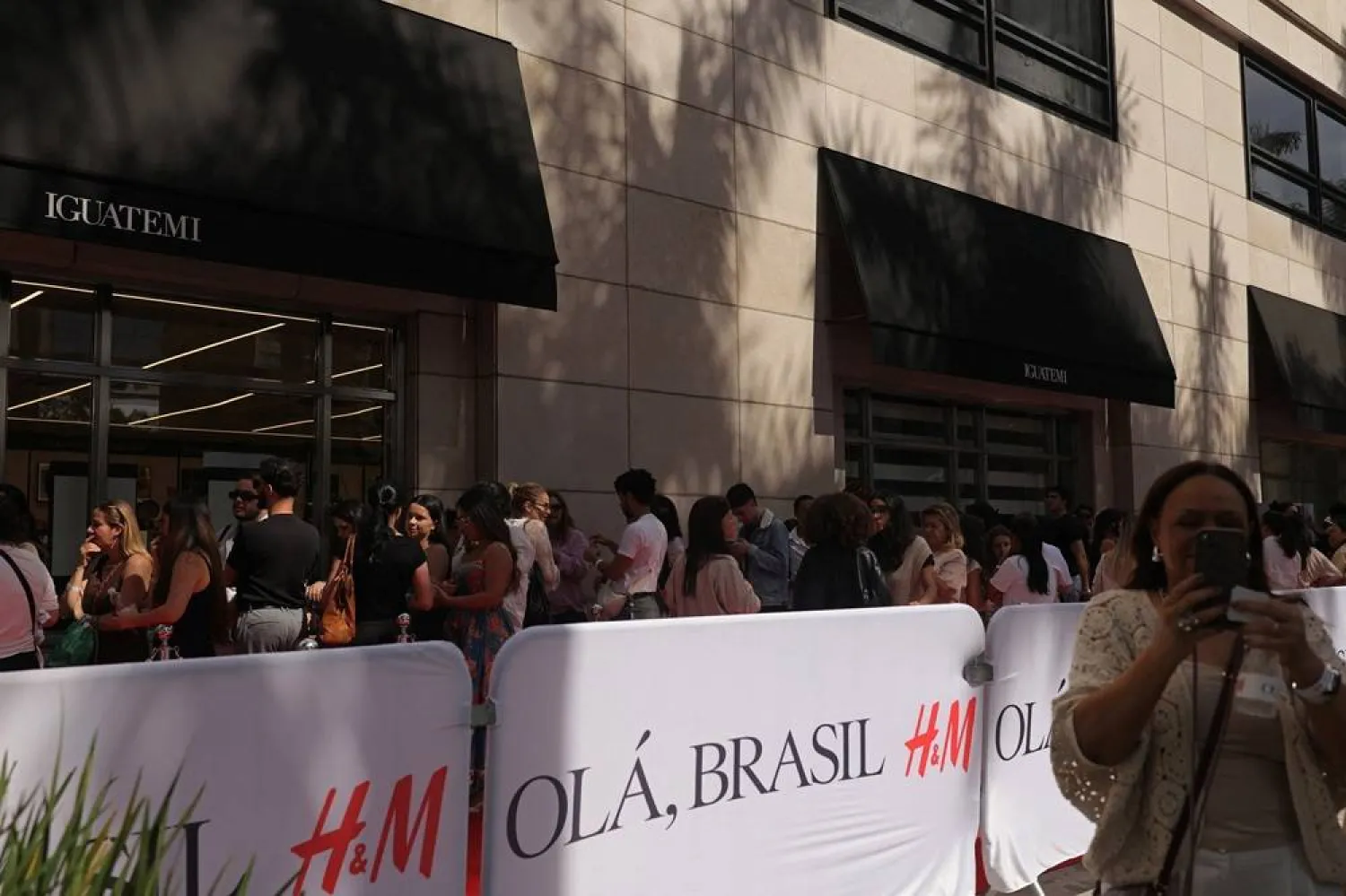
Image credit selfridges press
UK retailers have clawed back an estimated £17 billion in returns this year, according to Retail Economics and Oritain.
On the surface, this sounds like an operational win, fewer fraudulent orders, tighter policies, better margins.
But beneath the numbers lies a more valuable story: returns are becoming one of retail’s most underused feedback systems.
For years, the conversation around returns revolved around logistics: how to process them faster, cheaper, more sustainably. But as margins thin and sustainability scrutiny intensifies, forward-looking brands are reframing them not as reverse logistics, but as product intelligence. Each return tells you something about how your promise met — or missed — consumer reality.
The Hidden Data Layer in Every Return
Returns have always been treated as the end of the transaction.
In truth, they mark the beginning of understanding.
Recent data from ZigZag Global shows that the share of serial returners in the UK fell from 12% to 8% in 2025, saving retailers around £1.7 billion in value. Yet, overall return volumes remain high, particularly in fashion, where online return rates often exceed 25–40%, compared to roughly 10% for in-store purchases (Best Colorful Socks Report).
That gap speaks volumes. It tells us that returns are not random, they’re the result of a mismatch between expectation and execution.
A product that fits, feels, and performs exactly as promised doesn’t come back. A product that doesn’t… does.
Academic research backs this up. A study on fashion returns by ArXiv’s “SizeFlags” project found that the overwhelming majority of online returns stem from sizing and fit issues, not buyer’s remorse. Add to that the hidden cost of processing a single return — anywhere between £14 and £37 once you factor in handling, markdowns, and liquidation losses — and it becomes clear that treating returns purely as logistics is a missed opportunity.
Each parcel that comes back is valuable feedback.
And the brands that read it will outdesign the ones that ignore it.
From Reverse Logistics to Product Intelligence
Some retailers are starting to connect those dots.
ASOS, for example, recently introduced a £3.95 return fee unless customers keep items worth at least £40, a subtle behavioural nudge designed not to punish, but to reduce bracketing, the practice of ordering multiple sizes with the intent to return most.
(The Independent)
Elsewhere, brands like Zara and H&M have implemented AI-driven fit tools and visual try-ons to minimize guesswork. These are not mere cost-cutting measures, they’re data investments. Every avoided return sharpens the brand’s understanding of its audience.
A return reason labelled “too small” might sound trivial, but aggregated over thousands of units, it becomes a map of design inefficiency.
If your “slim-fit” denim line has a 34% return rate, that’s not a customer problem, that’s a product one. Brands should treat those numbers like focus-group feedback at scale. They feed them directly back into design, merchandising, and content decisions.
The Cost of Not Listening
Returns also expose where brand storytelling breaks down.
When a product is returned because “it didn’t look like the photo,” that’s not just a visual issue, it’s a trust issue.
The latest CXM Today report found that 78% of UK returns end in refunds, not exchanges. That’s an entire loyalty loop lost and one that could have been saved through better product content, more accurate photography, or clearer material descriptions.
Returns also carry a significant environmental cost. A study on UK fashion waste estimated that 750,000 tonnes of CO₂ were generated in 2022 from returns alone, with 23 million garments sent to landfill or incineration. (Fashion Network UK)
In a market where scope-3 emissions are now under scrutiny and EU sustainability rules tighten by the end of 2025 (EU Deforestation Regulation), ignoring the environmental dimension of reverse logistics is no longer defensible.
Returns as Brand Barometer
Brands need to see returns as mirrors of alignment. They reveal whether your brand promise holds up in reality.
A 28% return rate on a viral product might not mean failure, it might signal strong demand that outpaced design precision.
Returns show you what customers wanted to believe about your product and where your delivery didn’t meet that belief.
When brands stop seeing returns as financial drains and start seeing them as feedback loops, everything shifts. Merchandising becomes more intentional. Design becomes more data-literate.
And marketing becomes more honest.



